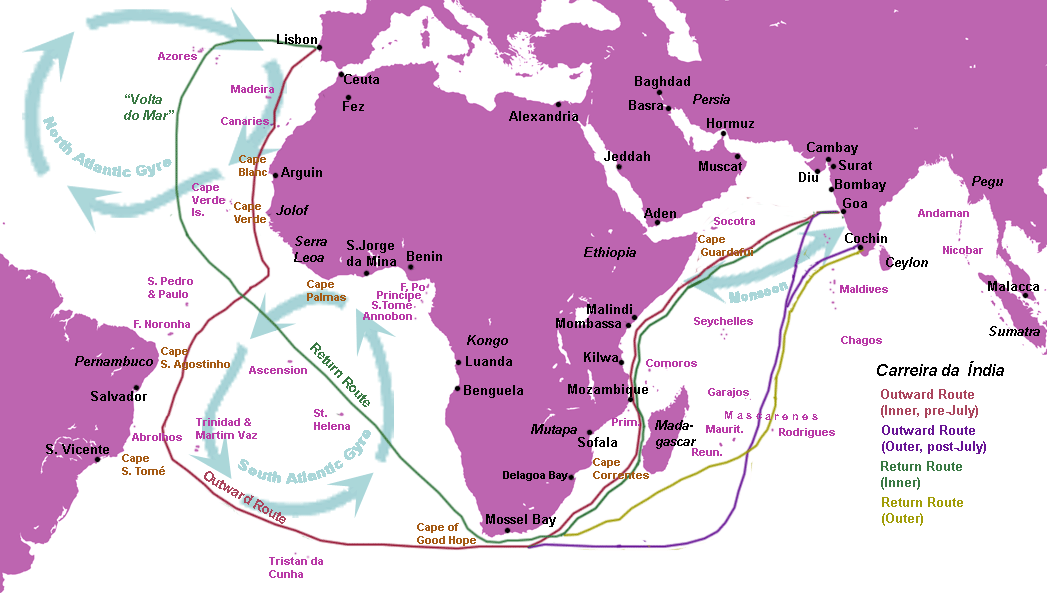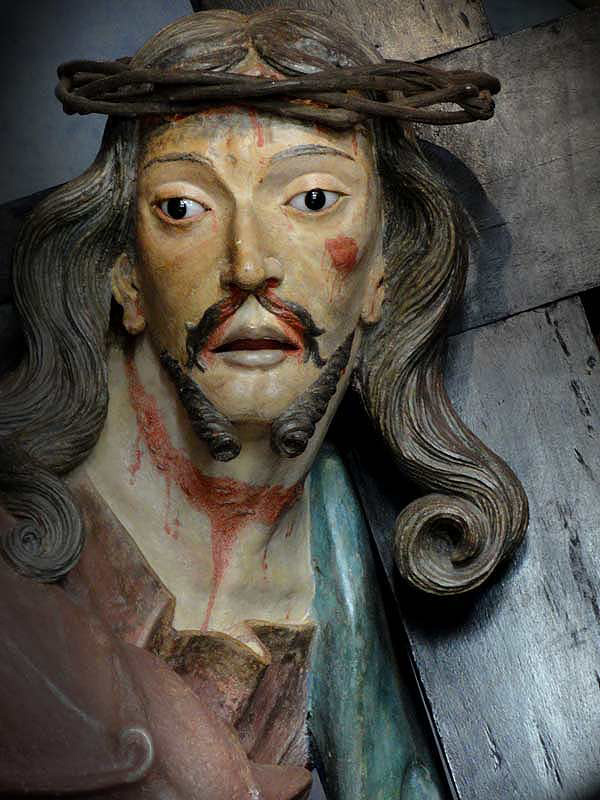Jorge Luzio offers an interesting way to think about Asian influence during colonial times in the New World, especially in colonial Brazil. His text illuminates how pieces of art can be connected with everything, from different types of social networking to commerce, history, and culture. As Luzio explains, during colonial times the Portuguese Empire used a sea route named Carreira da India to access its major colonies, including Brazil and India. Although at the time this route served mainly for commercial purposes, the Carreira da India became a source of an intercontinental integration between Brazilians and Asians in several ways. For many years, this route brought not only Asian products to Brazil, but also people and lifestyles that directly contributed to the cultural foundation of the country. As we saw, one example of Asian culture brought through ships traveling the Carreira was, in a way, a form of Asian art: carved-ivory religious imagery. These images, combined with, spices, textiles, works of art, agricultural techniques, and small Asian groups arrived in the port of Bahia and became a permanent part of the Brazilian social framework.

After reading Luzio, I did some research on Brazil’s religious imagery during colonial times. At the time, visits by missionary Jesuits played a key role in the colonization process of the newly discovered country. These missions not only brought Catholicism to Brazil, but also were the first attempt to control indigenous labor and to develop a highly productive agriculture endeavor. As Luzio mentions, the ships arriving in Bahia to support these missions came together with a variety of Asian influences including techniques that became the base for handcrafting religious objects used in the churches. It is valuable to remember that the churches became a source of social relationships between native Brazilians and other groups and they became a huge part of Brazil’s activities and culture. Thus, from the start, culture in Brazil was built under influences of the intercontinental connection between the Portuguese Empire and its colonies of which Asia was a prominent one. During my research, I was impressed how notable Asian traces were on early religious imagery.

Even more interesting to me was seeing ivory iconography of black saints with apparently Asians features. This ethnic mixture highlights the great strength of the integration between Asians, Brazilians, Africans and Portuguese even before the colony received its name of Brazil. As Luzio states, the clothes, almond shaped eyes, and the positions of the hands all shed light on the Asian cultural aspects. If you put together the black skin tone of this saint, it becomes impossible to deny the connection between these ethnic groups.
As a parallel to Machida’s insights about Asian American Art as an attempt of identity formation in the United States, Jorge Luzio and these pieces of imagery show us that Brazil was created as an integration of different nations. Personally, I think that this aspect of Brazil’s foundation might help us understand why Brazilians seem to have different approaches to the issue of race. Since racial mixture evolved within the country through natural interactions between the Portuguese Empire and its diverse colonies, social issues from a Brazilian perspective seem to be connected with economic disparities and life opportunities rather than racial differences. Of course, the existence of slavery in Brazil, as it did in the US, became a major factor for the lack of opportunities for many future generations of people of African descent. However, I do believe that the two countries have a different interpretation of the concept of race. As the scholar Barbara Fields shows in her work, race is a socially constructed concept that is exercised over generations becoming part of the culture of that society. Thus, it seems to me that Brazil’s concept of race was constructed differently from the US and race has different connotations in each country. Luzio’s article showing this cultural integration occurring naturally in colonial Brazil might be a helpful way to start to think about how the concept of race was developed in Brazil.
